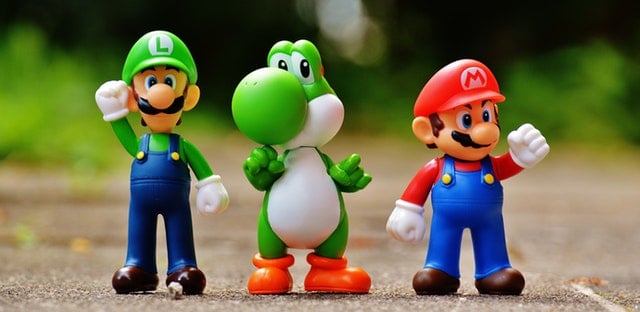The distinction between boys’ and girls’ toys is not black and white, it is what you buy kids these days. Modern toys are heavily gender-specific. Studies show that children may have a preference for toys according to their gender. However, the point of concern is that toys for males are encouraging violent and aggressive behaviour, whereas for girls, toys are encouraging an abnormal obsession with appearance. Regardless of their natural preferences for toys, children’s inclination for the types of toys they choose is influenced by their parents, teachers and societal expectations. Toys are more gendered today than they were 50 years ago. Toys are advertised as being for boys or for girls. This categorization has affected cognitive abilities of children, which is also reflected in the education gap between boys and girls.
Gendered toys create gaps in education as boys opt for the harder subjects whereas girls opt for the softer subjects. This has shown to affect choices for college majors, and causes segregation in occupations. Girls focus on the importance of appearance and attractiveness when playing with toys. Fashion dolls have heavily impacted the way girls perceive themselves. The way dolls are accessorized, dressed, and made up, puts unnecessary pressure on girls to be conscious about their appearance.

On the contrary, boys are usually given toys that evoke violence and aggression, or those that usually involve risks, dangers, and competition. Violence is the defining element of masculine toys. Masculinity is associated with violence, strength or aggression. Playing toys and video games that involve violent, aggressive moves tends to make boys aggressive during later years. Studies show that exposure to violence increases aggressive behaviour in young adults.
Studies conducted on toy catalogues showed that girls were shown in kitchens and other domestic settings twice as much as guys. Girls were 12 times more prone to being perceived as dolls. Guys were usually shown with construction toys and cars. Moreover, 97% males were pictured with guns and weapons.
Children learn from their observation. They take environmental cues very seriously and what that observe stays with them for the rest of their lives, affecting every aspect of their life. Advertisements from 1970s portray children playing with toys of bright colors. After 1980s, following the wave of feminism, toys became segregated and the focus was more about pink and blue.
Toys are important in contributing to kids’ social, emotional and intellectual development. By using gender-neutral toys that can be found at many off and online retailers like Good To Play, kids can develop their language and cognitive sequencing skills. It is important to look for retailers or online stores that can offer these toys such as If kids are given gender specific toys, both genders lose out. Gender preferences occur only when children get to know about their gender. A study showed that girls are just as likely to enjoy playing with wheels as boys. At age 5, gender is important to children and they take cues from the environment. Children start thinking in black and white and according to what supposedly suits their gender. Choices for toys should be based on personal interests, not gender. In fact, all toys are supposed to be gender neutral, however, the way they are advertised is what creates problems.
